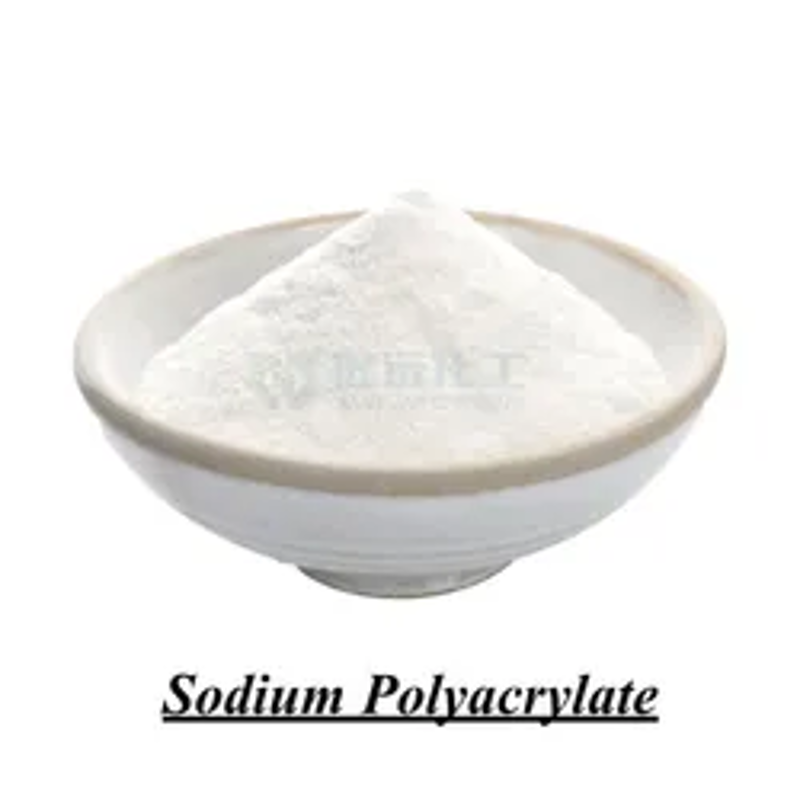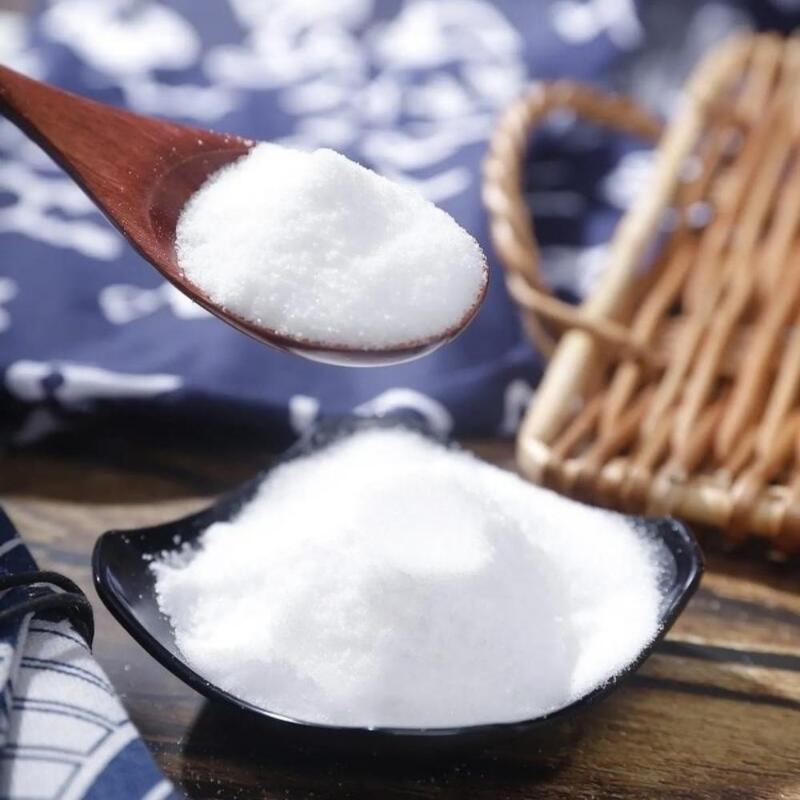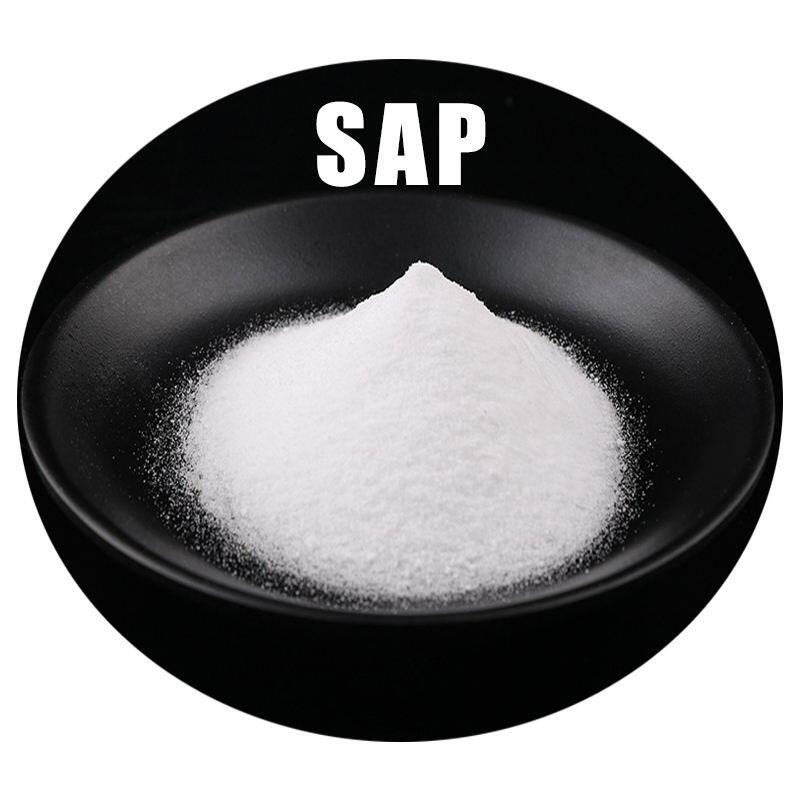-
Categories
-
Pharmaceutical Intermediates
-
Active Pharmaceutical Ingredients
-
Food Additives
- Industrial Coatings
- Agrochemicals
- Dyes and Pigments
- Surfactant
- Flavors and Fragrances
- Chemical Reagents
- Catalyst and Auxiliary
- Natural Products
- Inorganic Chemistry
-
Organic Chemistry
-
Biochemical Engineering
- Analytical Chemistry
-
Cosmetic Ingredient
- Water Treatment Chemical
-
Pharmaceutical Intermediates
Promotion
ECHEMI Mall
Wholesale
Weekly Price
Exhibition
News
-
Trade Service
Casein is a widely used term in the chemical industry to refer to a group of water-soluble proteins that are found in milk, cheese, and other dairy products.
These proteins are made up of long chains of amino acids and are renowned for their versatility and functionality in various industrial applications.
The Instruction of Caseins is an essential aspect of the chemical industry and plays a critical role in the processing and use of these proteins.
In this article, we will discuss the Instruction of Caseins and their importance in the chemical industry.
What are Caseins?
Caseins are a group of water-soluble proteins that are found in milk, cheese, and other dairy products.
These proteins are made up of long chains of amino acids and are known for their functional properties.
The properties of caseins are dependent on the degree of formaldehyde or other aldehyde groups that have been added to the proteins.
The most widely used casein is casein-amino-acetic-acid, which is known for its ability to form opaque, glossy films.
Functionality of Caseins
Caseins have a wide range of functional properties, making them ideal for use in various industrial applications.
Some of the key functional properties of caseins include:
- Adhesion: Caseins have excellent adhesion properties, making them ideal for use in adhesives, coatings, and other industrial applications where adhesion is critical.
- Dispersion: Caseins are highly viscous and can be used to improve the dispersion of pigments, fillers, and other particulate materials in aqueous systems.
- Film-forming: Caseins are known for their ability to form opaque, glossy films.
This property makes them ideal for use in coatings, inks, and other industrial applications. - Stabilization: Caseins can be used as stabilizers in emulsions, foams, and other systems where stability is critical.
- Clarification: Caseins are used in the clarification of water-based systems by coagulating and removing suspended particles.
Instruction of Caseins
The Instruction of Caseins is an essential aspect of the chemical industry, and its importance cannot be overstated.
The instructions for using caseins are straightforward and involve a few simple steps.
The first step is to determine the type of casein that is required for a specific application.
This will depend on the properties that are required, such as adhesion, dispersion, film-forming, stabilization, and clarification.
The second step is to mix the caseins with water to create a slurry.
The concentration of the slurry will depend on the application and the desired properties.
The slurry is then applied to the surface or incorporated into the system to perform its specific function.
The final step is to allow the caseins to dry or set.
The drying or setting time will depend on the properties of the casein and the specific application.
Once the casein has dried or set, the product or system is ready to use.
Advantages of Caseins
Caseins offer a wide range of advantages over other industrial materials.
Some of the key advantages of caseins include:
- Renewable: Caseins are derived from natural, renewable resources, making them an environmentally friendly option.
- Cost-effective: Caseins are cost-effective and offer excellent value for money.
- Versatility: Caseins have a wide range of functional properties, making them ideal for use in various industrial applications.
- Non-toxic: Caseins are non-toxic and safe to use in food and other applications where safety is critical.
- Biodegradable: Caseins are biodegradable and can be easily broken down by natural processes, making them an environmentally friendly option.
Conclusion
Caseins are an essential component in the







